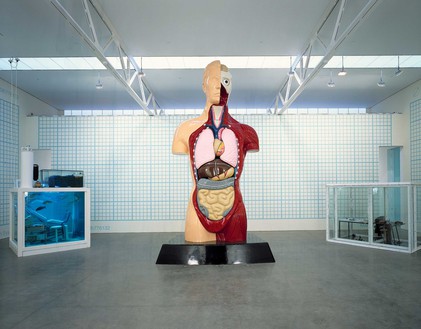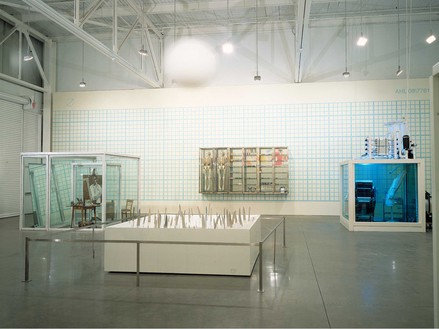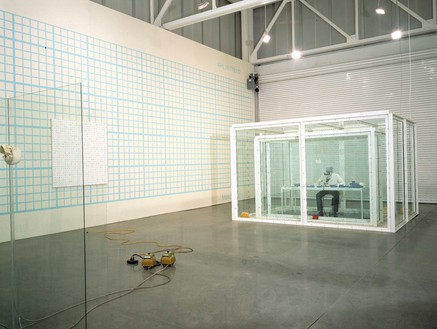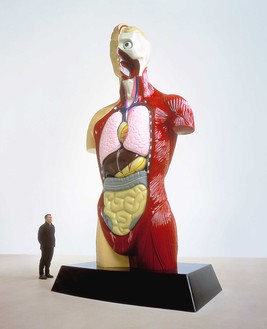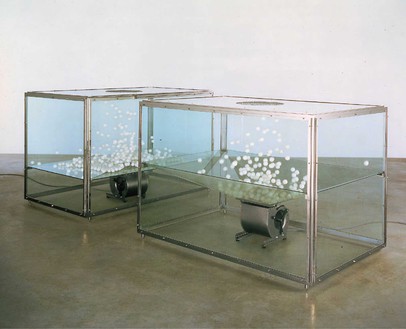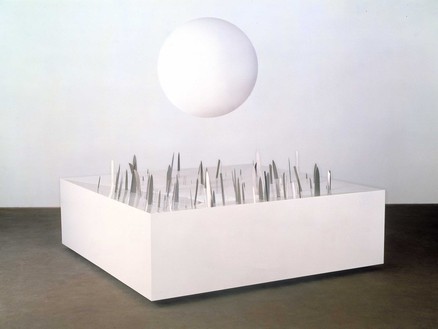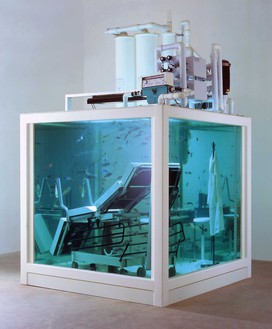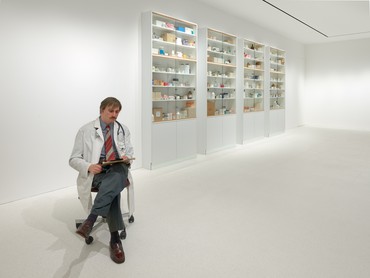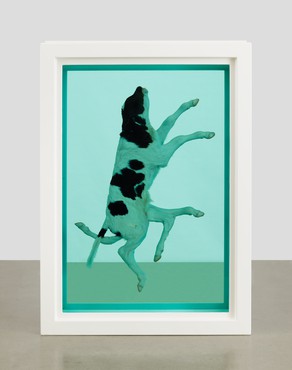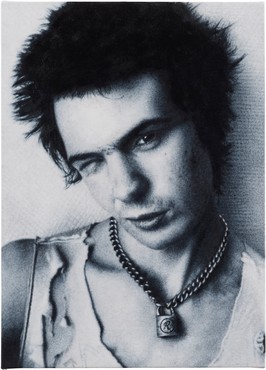About
Gagosian is pleased to present a much-anticipated exhibition of new work by Damien Hirst. Inaugurating the newly remodeled Chelsea gallery, this will be the artist’s first major show in four years.
As one of the most recognized talents of Young British Art, Hirst has risen to international prominence, startling the art world and the world at large with his brilliantly conceived projects that are instantly identifiable as the work of a unique and provocative imagination. Often controversial, his most celebrated work has never shied away from the terrible beauty that lies in death and the inevitable decay contained in beauty.
Hirst’s works continue to infuse everyday objects with a sense of the sublime and the absurd. The exhibition will include sixteen new sculptures and a new series of paintings. Hymn, a twenty-foot-tall painted bronze anatomical model, transforms a childhood educational toy into a monumental sculpture and is emblematic of Hirst’s playful nature. A desire for order and a humanized science are embedded in a group of spectacular wunderkammern (cabinets of curiosities) that make visceral the themes of absence, longing, memory, and loss. Also included in the exhibition are a number of works that further Hirst’s meditations on the impermanence and fragility of life.
A fully illustrated catalogue with essays by Gordon Burn and George Post will accompany the exhibition. The artist will also produce Magnificent 7, a limited edition made to coincide with the exhibition.
Share
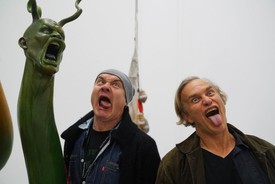
Truth Revealed: Damien Hirst and James Fox on Ashley Bickerton
In conversation with James Fox, Damien Hirst reflects on the artwork of his longtime friend.
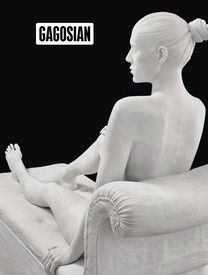
Now available
Gagosian Quarterly Fall 2021
The Fall 2021 issue of Gagosian Quarterly is now available, featuring Damien Hirst’s Reclining Woman (2011) on its cover.

For Sale: Baby Shoes. Never Worn.
Sydney Stutterheim meditates on the power and possibilities of small-format artworks throughout time.

In the Studio: Damien Hirst’s Veil Paintings
Damien Hirst speaks about his Veil paintings with Gagosian’s Alison McDonald. “I wanted to make paintings that were a celebration,” he says, “and that revealed something and obscured something at the same time.”

Damien Hirst: Visual Candy
James Fox considers the origins of Damien Hirst’s Visual Candy paintings on the occasion of a recent exhibition of these early works in Hong Kong.

Damien Hirst: Colour Space Paintings
Blake Gopnik examines the artist’s “dot” paintings in relation to the history of representation in Western art, in which dabs of paint have served as fundamental units of depiction and markers of objective truth.
